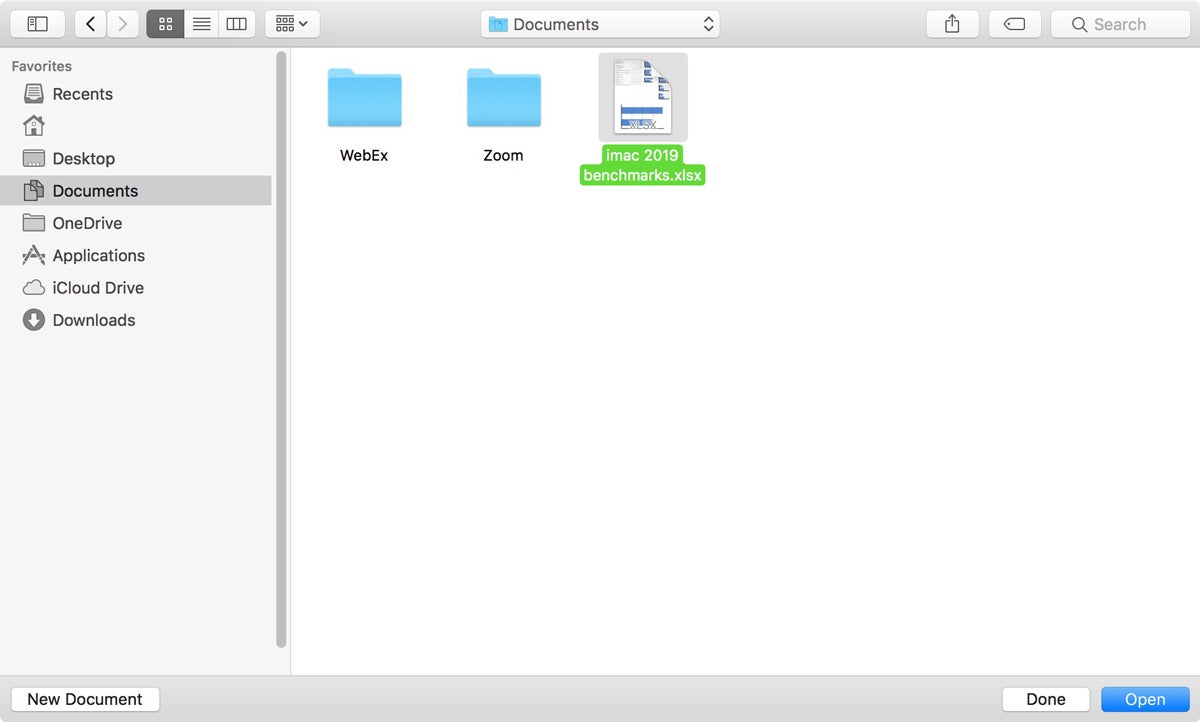

ISO/IEC 29500-1, Information technology - Document description and processing Originated by Microsoft Corporation and first standardized through ECMA International in 2006. It does not distinguish between the Strict and the more common Transitional XLSX/OOXML_2012 form in its preferences. See the more common Transitional XLSX/OOXML_2012.įor works acquired for its collections, the list of Library of Congress Recommended Formats Statement for Datasets/Databases, includes XLSX (.xlsx) as a preferred format for datasets. Hence the Transitional variant has more support for backwards compatibility when converting documents from older formats. The Transitional variant of XLSX allows legacy markup as specified in Part 4 of ISO/IEC 29500.
#Xlsx reader for mac 2016 iso
Markup Compatibility and Extensibility (Office Open XML), ISO 29500-3:2008-2015, ECMA-376, Editions 1-4 Open Packaging Conventions (Office Open XML), ISO 29500-2:2008-2012 OOXML Format Family - ISO/IEC 29500 and ECMA 376 This technique was formerly used for performance reasons.įor discussion of other aspects of the Strict XLSX format, see the description of the more common Transitional variant of XLSX, XLSX/OOXML_2012.Ĭan be used in any production phase: for creating documents (initial state): for editing and review (middle-state) and for final distribution.

.svg/1200px-Microsoft_Office_PowerPoint_(2019–present).svg.png)
The intent of the split of the markup specification into Strict (Part 1) and Transitional (Part 4) was that applications would create new documents in the Strict variant however, in practice, pressure for backwards compatibility has meant that most new files are marked up by applications using the Transitional namespace even if they use no features that are incompatible with the Strict specification.Īmong the key differences between the Strict variant and the Transitional variant are: The Strict variant of XLSX described here was introduced during the standardization in ISO/IEC 29500 in 2008 with the intention of excluding features included in ECMA-376, Edition 1 that were present simply to handle bugs and features of earlier spreadsheet applications. The markup for the Strict variant is essentially a subset of markup for the Transitional variant, but the schemas use different namespaces and are distributed separately in complete form. The Strict variant of XLSX disallows a variety of elements and attributes that are permitted in the more common Transitional variant ( XLSX/OOXML_2012). XLSX Strict, (Office Open XML, Spreadsheet ML) ISO 29500:2008-2016, also ECMA-376, Editions 2-5.


 0 kommentar(er)
0 kommentar(er)
